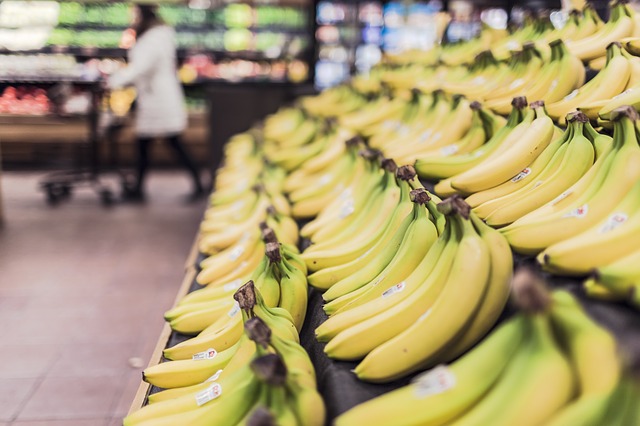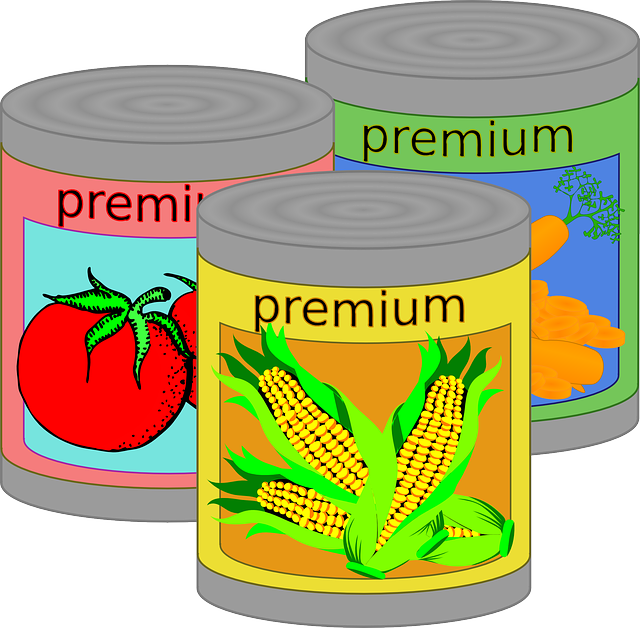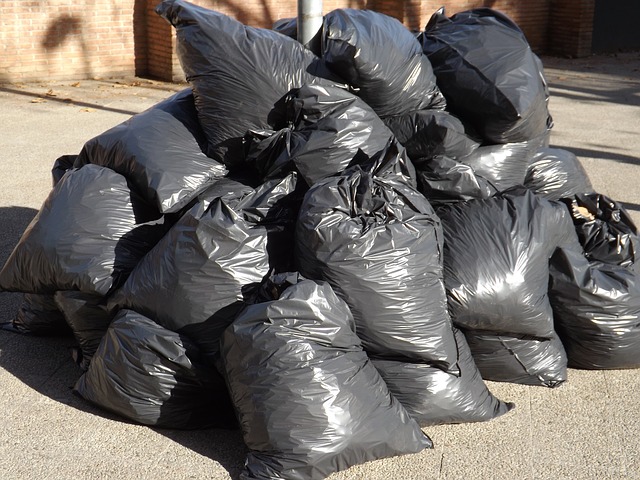If a trip to the grocery store seems expensive now, just wait till next year! Officials from grocery chains have warned there’s no immediate relief in sight from increased food costs and a loonie that continues to tank which has have led to higher prices, and researchers suggest consumers will have to deal with more sticker shock in the year ahead.
The University of Guelph’s Food Institute estimates the average Canadian household spent an additional $325 on food this year. On top of that, consumers should expect an additional annual increase of about $345 in 2016.
Since 81 per cent of all vegetables and fruit consumed in Canada are imported, they are highly vulnerable to currency fluctuations. They are pegged to increase in price by four to 4.5 per cent in the new year.
Meat prices, which rose five per cent last year, are expected to increase up to another 4.5 per cent in 2016; fish and seafood could rise by up to three per cent; and dairy, eggs and grains could see a two per cent increase.
So with groceries set to go up…what are some cost saving tips? Well here’s a few to get you started:
-It is interesting to note that UN’s Food and Agriculture Organization has declared 2016 the International Year of the Pulses – which is important to Canada as one of the world’s largest growers of pulses (lentils, chickpeas, beans, dry peas) Pulses are a cheaper protein alternative and something to consider as other sources of protein become more and more expensive. They also have alow environmental impact. So why not consider them on your grocery list in 2016?
– Rather than buying strawberries in winter when the price is higher and quality is lower, stick to seasonal pears, oranges, grapefruits and pomegranates.
– Frozen and canned produce can be great alternatives when a particular fruit or vegetable spikes in price.
– Experiment with new recipes using root vegetables like squash, parsnips, carrots, beets and sweet potatoes.
– Choose less expensive cuts of meat that can be stewed, marinated, braised or prepared in the slow cooker.
– Cut down on fancy coffee, pop, candy, cookies and salty snacks and spend that money on more healthy calories.
-Water is not only great for you but it is cost effective
WASTAGE
For all the food we buy did you know that Statistics Canada data and other research estimates that the average household wastes about $1,500 worth of food a year? That is a lot of money down the drain. Why not try buying less and going more often and stocking up on non perishables when possible.
Bottom Line: It is not going to get any cheaper for groceries so why not get more thoughtful in your choices, the amount you purchase at once and ultimately try to make the most of your grocery dollar in 2016.
To receive similar content, “Like” us on Facebook @ https://www.facebook.com/niagarabuzz.ca












